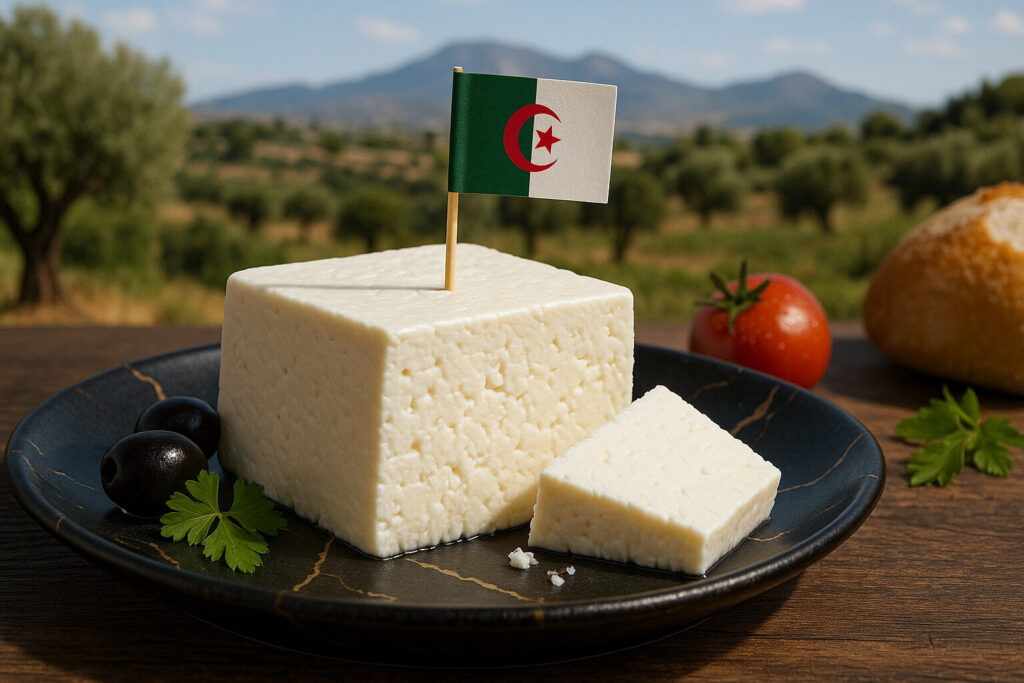Woven Basket Rind Cheese
Definition and Scope
Woven basket rind cheese refers to a category defined by its distinctive exterior pattern. This pattern results from the cheese being formed and drained in a woven basket, typically made from materials like willow or reed. The technique leaves a textured imprint on the rind, which is a key identifying feature. These cheeses are often artisanal and can be made from various milk types.
The scope includes cheeses that share this specific production method, regardless of their internal paste or aging duration. This category is a subset of mold-ripened or natural rind cheeses, where the basket’s impression becomes part of the rind’s development. The classification focuses on the rind’s physical characteristics rather than flavor or milk origin.
Production Process
Production begins after curdling, when the fresh curds are ladled into a woven basket for draining. The basket’s structure allows whey to escape while supporting the cheese’s form. This step is crucial for developing the cheese’s final shape and the characteristic imprinted rind. The cheese may be flipped periodically to ensure even drainage and rind formation.
Following drainage, the cheese is often salted and moved to an aging environment. The basket’s imprint remains on the surface as the rind develops, sometimes with the aid of specific molds or yeasts. Aging conditions, such as humidity and temperature, are carefully controlled to preserve the rind’s texture and promote flavor development.
Sensory Profile
The rind of these cheeses typically exhibits a firm, textured surface with visible weaving patterns. It can range from thin and edible to thicker and more robust, depending on aging. The paste inside often contrasts with the rind, being creamy, semi-soft, or crumbly. Aromas might include earthy, mushroomy, or milky notes influenced by the rind’s microflora.
Flavors are diverse but commonly feature a balance of tangy, savory, and sometimes slightly salty characteristics. The rind can contribute earthy or fungal nuances to the overall taste. Texture varies from smooth and spreadable in younger cheeses to granular or firm in aged versions. The sensory experience is a direct result of the basket-molding and aging processes.
Uses and Pairings
Woven basket rind cheeses are versatile on cheese boards, where their visual appeal and textured rind are highlights. They can be served at room temperature to maximize flavor release and texture. The rind is often edible and contributes to the tasting experience, though some consumers may prefer to remove it.
These cheeses pair well with crusty bread, fresh or dried fruits like apples and figs, and nuts such as walnuts or almonds. Beverage pairings include dry white wines, light reds, or crisp beers that complement their earthy notes. They can also be used in cooking, adding depth to sauces, gratins, or melted dishes.
Regional Examples
France produces notable examples like Valençay, a pyramid-shaped goat cheese with a woven basket rind and often an ash-coated surface. Another French cheese, Sainte-Maure de Touraine, is a log-shaped goat cheese with a straw through its center and a basket-imprinted rind. These cheeses are protected by appellation d’origine contrôlée (AOC) status, ensuring traditional methods.
Other regions have similar styles, such as certain Italian goat cheeses or artisanal varieties from the United States and United Kingdom. While not always name-protected, these cheeses adhere to the basket-molding technique. The method is a hallmark of traditional cheesemaking in various European regions, adapted by modern artisans globally.

